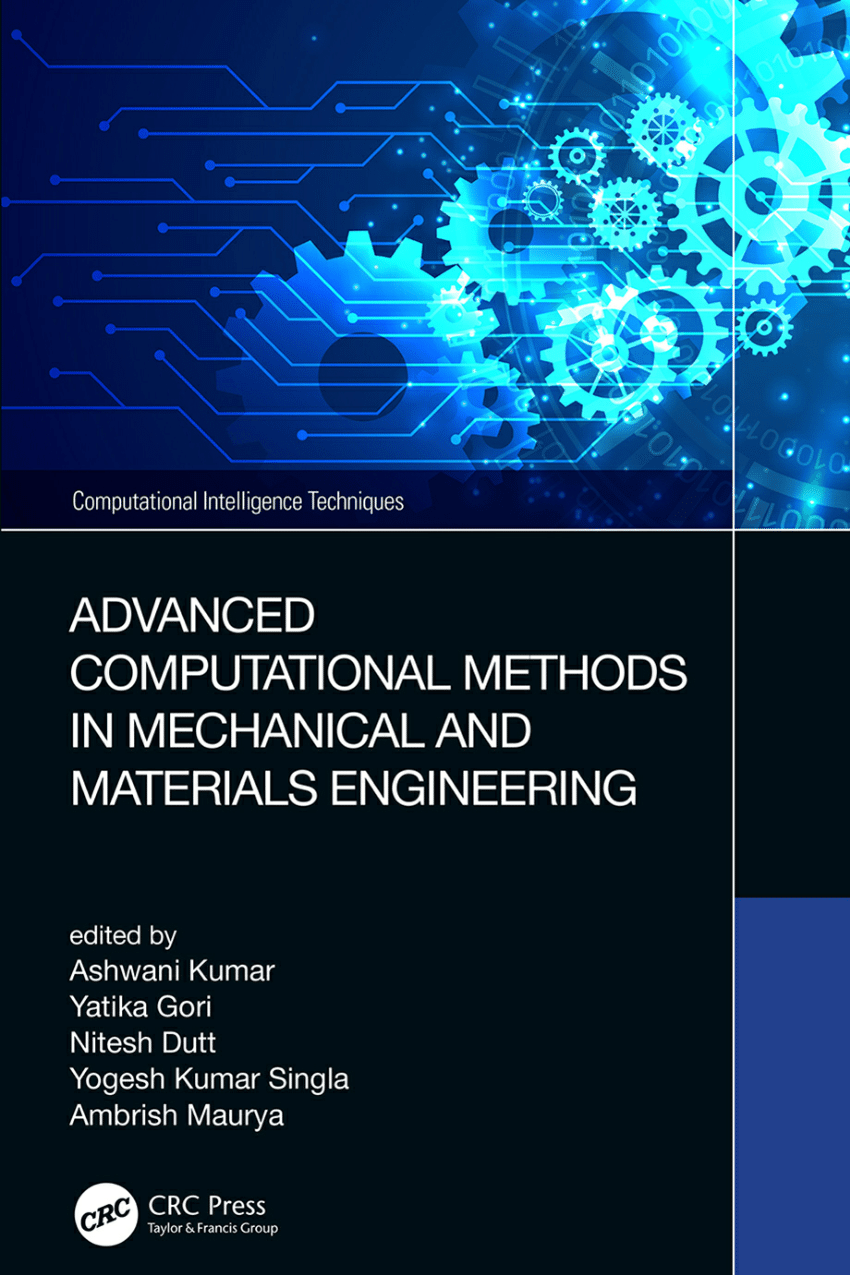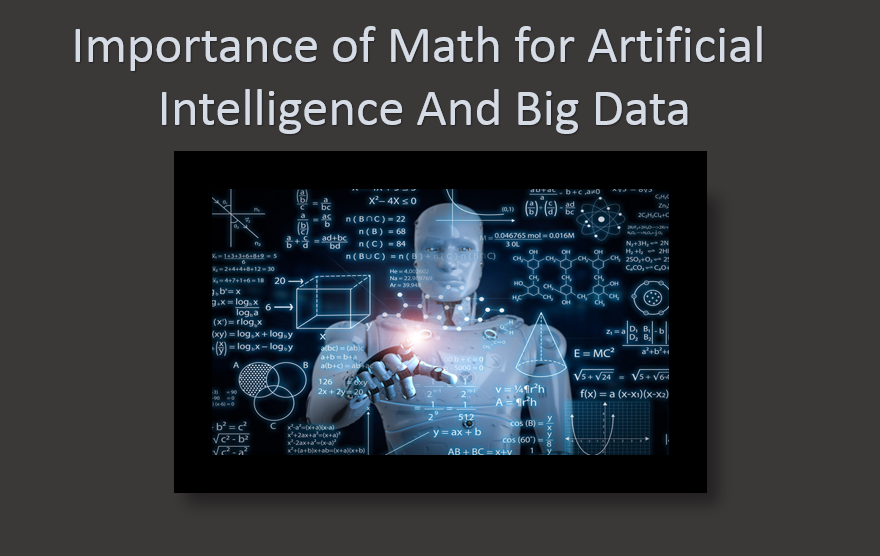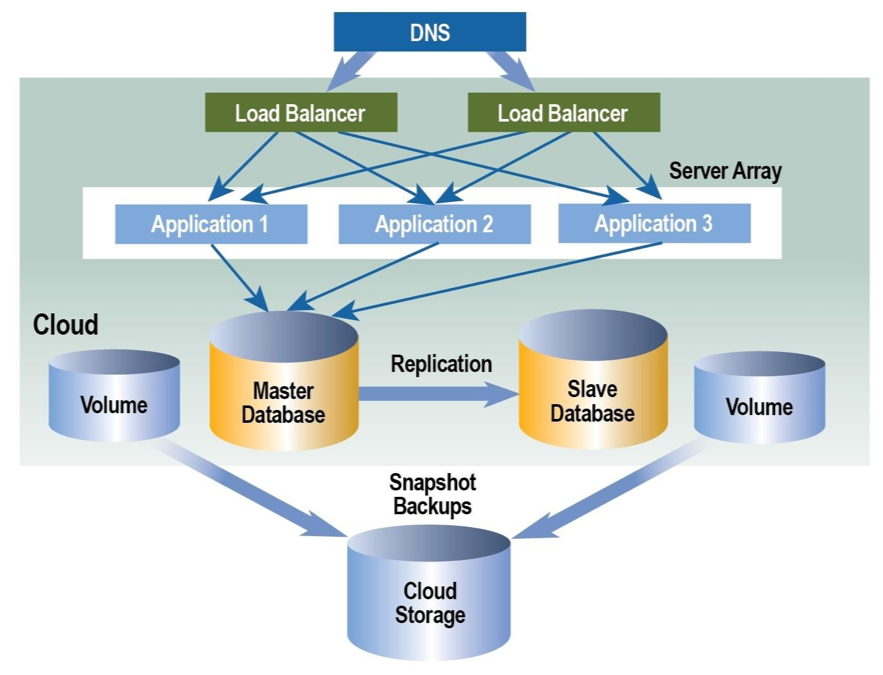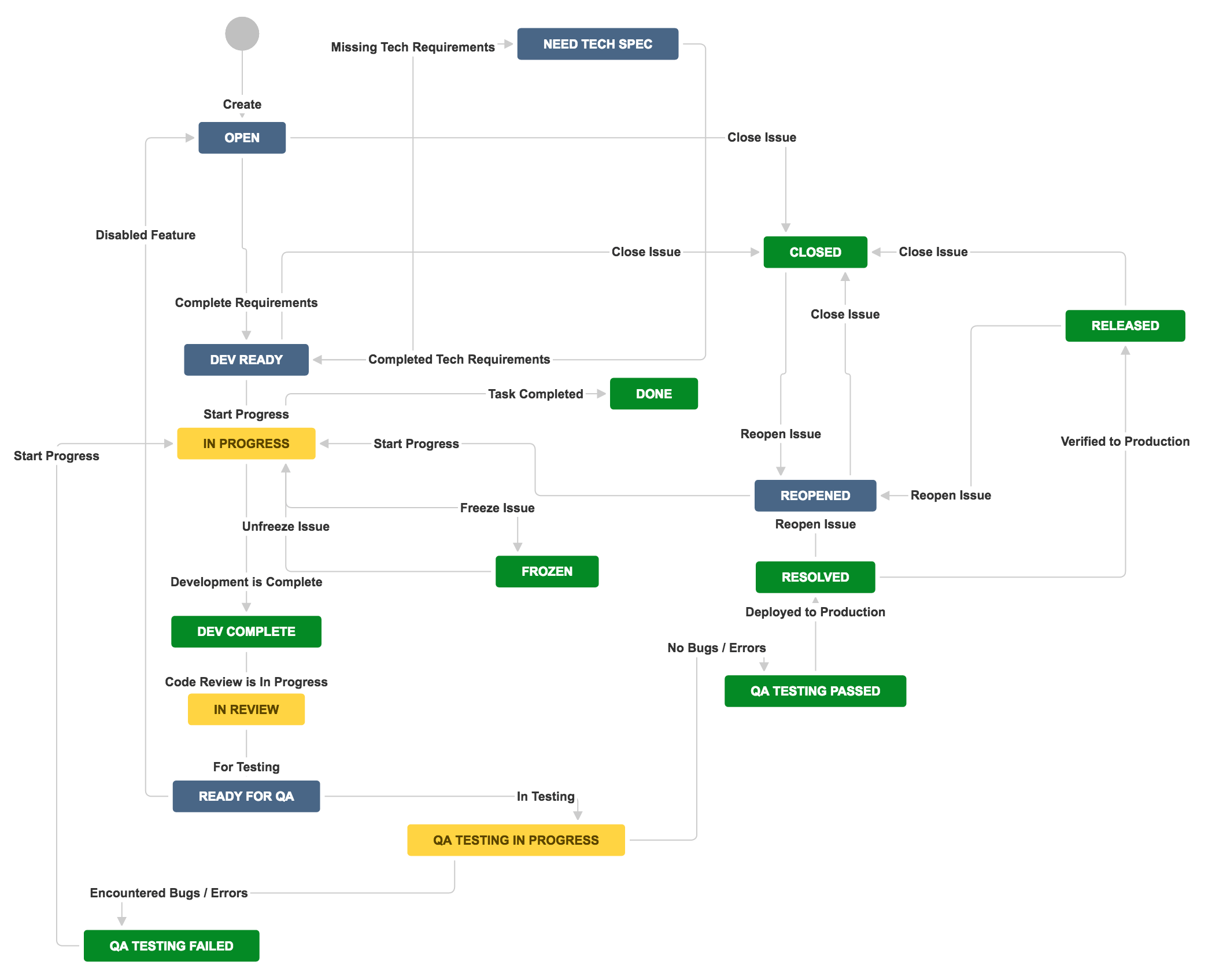Solving Differential Equations: The Backbone of Predictive Models in AI
As someone deeply entrenched in the world of Artificial Intelligence (AI) and machine learning, I’ve found differential equations to be a powerful tool in predicting and understanding behaviors in complex systems. These equations, which involve functions and their derivatives, are fundamental in describing various phenomena in physics, engineering, and now, prominently, in AI.
Understanding Differential Equations
Differential equations can be broadly classified into two types: ordinary differential equations (ODEs), which involve a single variable and its derivatives, and partial differential equations (PDEs), which involve multiple variables and their partial derivatives. For the scope of this discussion, our focus will center on ODEs and their application in AI, particularly in process automation and forecasting models.
The Math Behind ODEs
At its core, an ODE is an equation that contains a function of one independent variable and its derivatives. The goal is to find the function that solves the equation. An ODE is generally represented as:
\( \frac{dy}{dx} = f(x, y) \)
Where \( \frac{dy}{dx} \) represents the derivative of \(y\) with respect to \(x\), and \(f(x, y)\) is a given function. The solution to an ODE is the function \( y = f(x) \) that satisfies this equation for a given initial condition \( y(x_0) = y_0 \).
Application in AI and Machine Learning
In AI, particularly in the development of machine learning models, ODEs are pivotal in defining the way a system changes over time. For instance, in process automation, understanding and predicting the time evolution of a system enables the design of more efficient algorithms.
To put it into perspective, consider the training of a neural network. The adjustment of weights in the network during training can be described by a differential equation, where the derivative of the loss function with respect to the weights dictates the direction and magnitude of the weight adjustment. This is a fundamental aspect of gradient descent, a widely used optimization method in machine learning.
Case Study: Forecasting with AI
Consider the problem of predicting stock prices. This is a complex system influenced by myriad factors, but at its heart, it can be modeled using differential equations. By analyzing historical data, we can establish a differential equation that describes how the stock price changes over time. The solution to this equation gives us a function that can forecast future prices under given conditions.
Illustrating the Process
- Identify key variables that influence stock prices (e.g., market demand, interest rates).
- Derive a differential equation that describes the relationship between these variables and the stock price.
- Solve the differential equation using appropriate numerical methods, given initial conditions derived from historical data.
- Use the solution to predict future stock prices.
Challenges and Opportunities
Solving differential equations, especially non-linear ones, can be computationally intensive. However, advancements in computational methods and hardware have made it possible to tackle increasingly complex equations, opening new avenues for AI applications. This intersection between mathematics and computer science not only enables us to solve old problems more efficiently but also to explore new problems that were previously beyond our reach.
< >
>
Conclusion
The interplay between mathematics, particularly differential equations, and AI is a testament to the multidisciplinary nature of solving complex problems. As we continue to push the boundaries of what’s possible with AI, the foundational role of differential equations in understanding and predicting the behavior of complex systems remains undiminished. For enthusiasts and professionals alike, the journey through this mathematical landscape is both challenging and rewarding, offering insights that are crucial for advancements in AI and beyond.
< >
>


